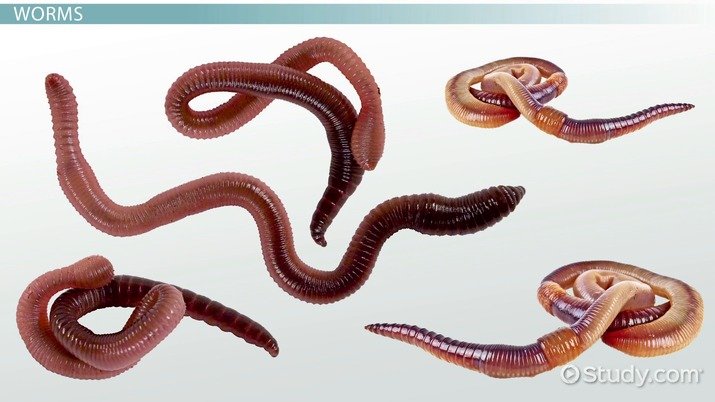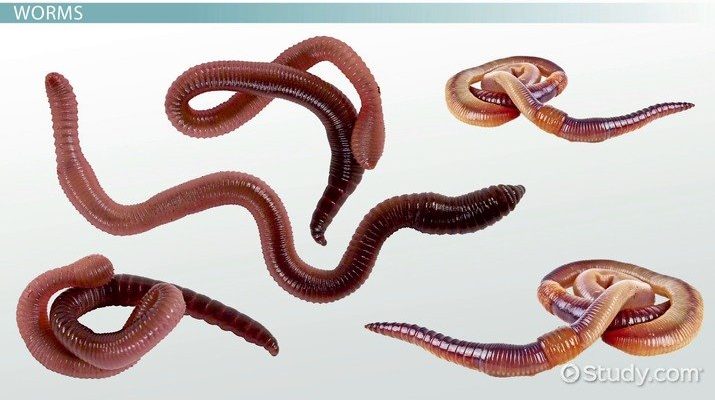
Bloodworms, scientifically known as *Glycera dibranchiate*, are often found in mudflats and estuaries. They thrive in environments rich in organic material. Just think of them as the party animals of the underworld—they’re not only colorful, but they also play a crucial role in their ecosystem. But how do they measure up against other worm species that share their home? Let’s explore various worm species you might encounter in similar habitats and find out what sets bloodworms apart.
Understanding Bloodworms: The Colorful Creatures
Bloodworms are fascinating for a couple of reasons. First off, their striking red coloration comes from hemoglobin, which allows them to thrive in low-oxygen environments. Imagine being able to breathe where it seems impossible! This unique adaptation makes them quite different from other worms you might find, like earthworms or bristle worms.
They typically live in oxygen-poor mud, where they feed on decomposing organic matter. You might be wondering why their habitat matters. Every worm plays a role in nutrient cycling, but bloodworms are particularly effective at breaking down organic materials quickly, which helps keep their environment healthy.
When it comes to movement, bloodworms have a unique way of swimming. They use their parapodia—tiny, fleshy appendages that help them navigate through the water and mud. This impressive swimming style sets them apart from their relatives, like earthworms, which primarily burrow through soil.
Earthworms: The Garden Workhorses
Now, let’s talk about earthworms, a group that many of us are more familiar with. Earthworms, especially species like *Lumbricus terrestris*, are often regarded as the heroes of gardening. With their long, segmented bodies, they burrow deep into the ground, aerating the soil and helping plants grow. Think of them as nature’s tillers.
While bloodworms thrive in aquatic environments, earthworms prefer moist soil rich in organic matter. They’re vital for soil health, breaking down dead plant material and recycling nutrients. However, they lack the bloodworm’s colorful appearance and ability to swim. In fact, if you’ve ever dug in your garden, you know earthworms prefer to stay out of the water!
Interestingly, both earthworms and bloodworms play essential roles in their ecosystems. Bloodworms help with nutrient cycling in aquatic habitats, while earthworms do the same for terrestrial environments. So, while they may seem different, they’re both working hard behind the scenes!
Bristle Worms: The Aquatic Scavengers
You might also encounter bristle worms, particularly in marine settings. One common bristle worm is the *Nereis virens*, which looks a bit like bloodworms but has a more segmented body covered in bristles. These bristles serve as a defense mechanism and help them move through their environment.
Bristle worms are scavengers, feeding on detritus just like bloodworms. However, bristle worms can be found in various habitats, from shallow waters to deeper ocean floors. They’re known for their ability to reproduce quickly—a valuable trait in the wild.
While bloodworms rely on their hemoglobin for life in poor oxygen conditions, bristle worms can thrive in a wider range of environments. This adaptability makes them an interesting counterpart to bloodworms, though their feeding habits do overlap somewhat.
The Role of Worms in the Ecosystem
Okay, so why does all this matter? Worms like bloodworms, earthworms, and bristle worms play critical roles in their ecosystems. They help decompose organic material, which recycles nutrients back into the environment. Think of them as nature’s recyclers! Without them, ecosystems would struggle to maintain the balance necessary for life.
Bloodworms specifically help maintain water quality in their habitats. By breaking down organic materials, they prevent the buildup of waste and keep the ecosystem healthy. In contrast, earthworms improve soil structure and enhance plant growth. Ultimately, every worm species contributes to its environment in a unique way.
However, the overuse of chemicals and pollution can threaten these worm species. If you’re a nature lover, it’s worth remembering that protecting their habitats means keeping our ecosystems healthy too. Understanding their roles can inspire conservation efforts for these incredible creatures.
Identification Tips: How to Differentiate Between Worms
Identifying bloodworms compared to earthworms or bristle worms isn’t as daunting as it sounds. Here are a few simple tips:
- Color: Bloodworms have a distinct reddish hue, while earthworms are usually brown or gray, and bristle worms often show a more muted color with bristles.
- Habitat: Look for bloodworms in aquatic environments like ponds or wetlands, whereas earthworms are found in moist soil, and bristle worms prefer marine settings.
- Movement: Bloodworms swim and wriggle, while earthworms crawl through soil. Bristle worms undulate their bodies thanks to their bristles.
With these tips, you’ll be able to spot and appreciate the differences among these fascinating worm species. It’s like being a detective in nature!
Why Bloodworms Matter: A Quick Recap
Bloodworms may seem small and unassuming, but they have a significant impact on their ecosystems. Their unique adaptations allow them to thrive in harsh conditions, where other organisms might struggle. By understanding their role in the environment, we can better appreciate how interconnected everything is.
Whether you’re a fisherman using bloodworms for bait or just someone curious about nature, recognizing the importance of these creatures can deepen your connection to the aquatic world. Bloodworms contribute to nutrient cycling just like earthworms and bristle worms—each with their special skills.
In summary, bloodworms, earthworms, and bristle worms each play vital roles in their respective habitats, contributing to ecosystem health in fantastic ways. By comparing these worm species, it’s clear each has its strengths and weaknesses. Bloodworms are the resilient swimmers, earthworms the hardworking soil aerators, and bristle worms the adaptable scavengers. Understanding these differences not only enriches our knowledge of nature but also highlights the importance of preserving these unique species.
So next time you’re near a body of water or digging in the garden, remember the incredible world beneath your feet. Each worm is a piece of a larger puzzle, working tirelessly to keep our ecosystems balanced and thriving!

